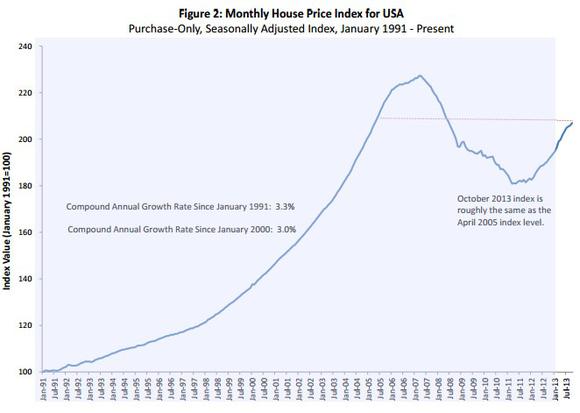Filed under: Investing
Although we don't believe in timing the market or panicking over market movements, we do like to keep an eye on big changes -- just in case they're material to our investing thesis.
What: Shares of wireless-equipment specialist CalAmp sank 10% today after its Q4 outlook missed Wall Street expectations.
So what: CalAmp's Q3 results -- EPS of $0.23 on revenue of $63.5 million -- managed to top estimates, but downbeat guidance for the current quarter is triggering concerns over decelerating growth going forward. Of course, the stock has been on fire over the past year, up more than 250% from its 52-week lows, so a small guidance hiccup shouldn't come as too big of a surprise.
Now what: Management now sees Q4 adjusted EPS of $0.19-$0.23 on revenue of $60 million-$63 million, below the consensus of $0.24 and $63 million. "CalAmp is on-track for a very strong second half of fiscal 2014," President and CEO Michael Burdiek reassured investors. Of course, when you couple today's small signs of slowing growth with the stock's forward P/E of 25, waiting for a wider margin of safety might be prudent.
More reliable ways to wealth
Dividend stocks can make you rich. It's as simple as that. While they don't garner the notoriety of high-flying growth stocks, they're also less likely to crash and burn. And over the long term, the compounding effect of the quarterly payouts, as well as their growth, adds up faster than most investors imagine. With this in mind, our analysts sat down to identify the absolute best of the best when it comes to rock-solid dividend stocks, drawing up a list in this free report of nine that fit the bill. To discover the identities of these companies before the rest of the market catches on, you can download this valuable free report by simply clicking here now.
The article Why CalAmp Shares Plunged originally appeared on Fool.com.
Fool contributor Brian Pacampara has no position in any stocks mentioned. The Motley Fool has no position in any of the stocks mentioned. Try any of our Foolish newsletter services free for 30 days. We Fools may not all hold the same opinions, but we all believe that considering a diverse range of insights makes us better investors. The Motley Fool has a disclosure policy.Copyright © 1995 - 2013 The Motley Fool, LLC. All rights reserved. The Motley Fool has a disclosure policy.
Read | Permalink | Email this | Linking Blogs | Comments





















